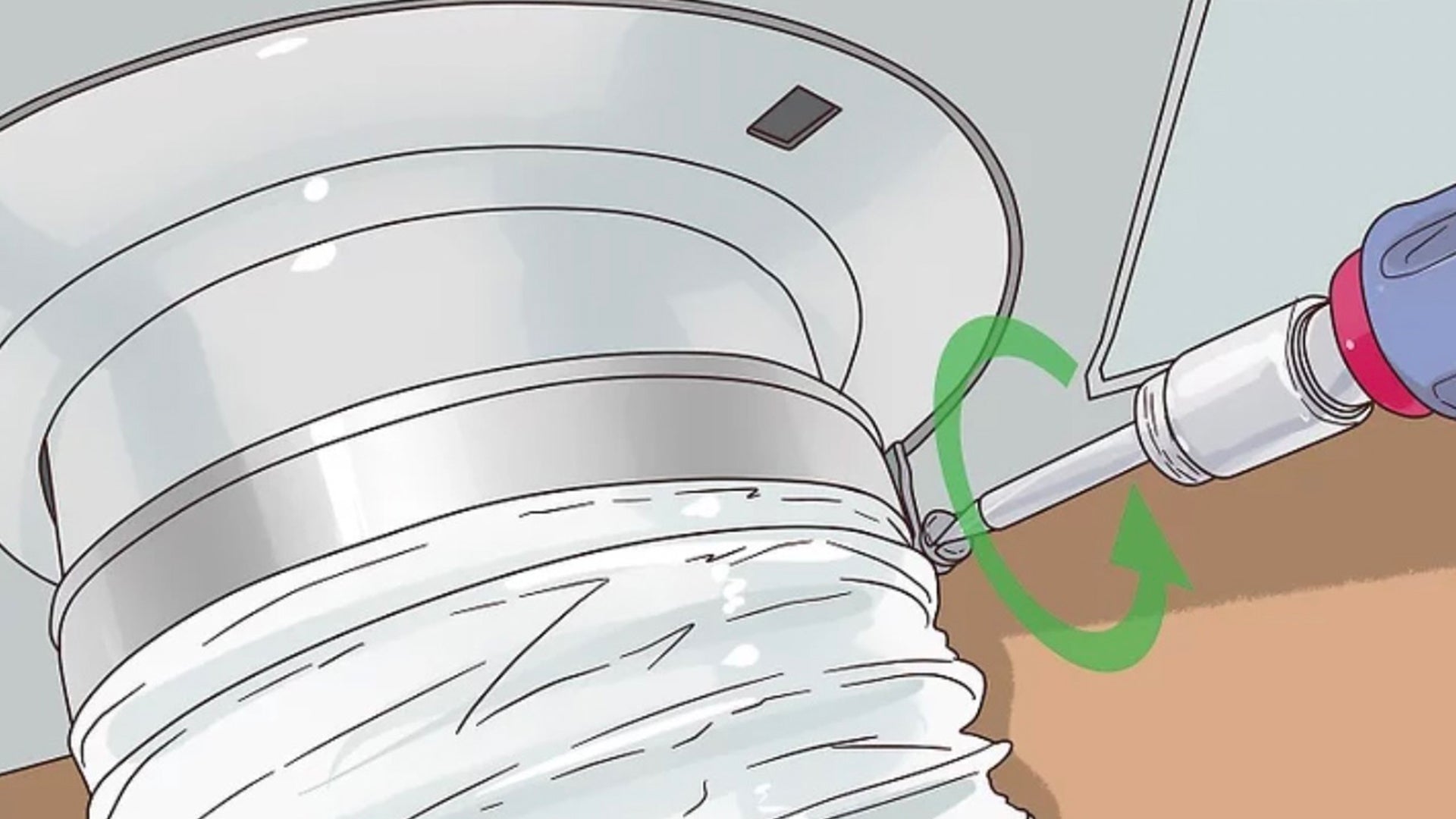Standard Sizes of Dryer Vent Hoses
The size of a dryer vent hose refers to its diameter. The most common diameter for residential dryer vent hoses is 4 inches. This standard size is designed to handle the airflow of a typical household dryer while minimizing the risk of lint buildup inside the duct. Here’s what you need to know about the sizing:
Common Diameter
● 4 Inches: This is the industry standard for most residential dryers. It provides enough space for air to flow freely and expel the moist air and lint out of the dryer.
Length Variability
● Flexible Hose Lengths: Flexible vent hoses can range from a few feet up to 20 feet or more. However, it's essential to use the shortest length possible to minimize the travel distance of exhaust air, which enhances safety and efficiency.
Choosing the Right Size Hose
To ensure optimal performance and compliance with local building codes, follow these guidelines when selecting a dryer vent hose:
1. Check Dryer Manufacturer’s Recommendation
● Consult the Manual: Always refer to your dryer’s user manual for specific recommendations on vent hose sizing and installation guidelines.
2. Consider the Installation Space
● Path Length: Measure the distance from the dryer’s exhaust port to the external vent. Use the shortest and most straightforward path possible to reduce the risk of bends and kinks.
● Bend Radius: If bends are necessary, ensure they are gradual. Sharp bends can significantly restrict airflow and increase lint buildup.
3. Local Building Codes
● Code Compliance: Check local building codes for any specific requirements regarding dryer vent installations, such as maximum allowed lengths and types of materials.
Installation Tips for Optimal Efficiency
● Avoid Excess Length: Do not use more hose than necessary, as longer paths can hinder airflow and efficiency.
● Secure Fittings: Use metal clamps or duct tape to secure the hose at both the dryer and vent ends to prevent disconnections and leaks.
● Regular Maintenance: Clean the vent hose periodically to remove lint accumulation, which can be a fire hazard and reduce drying efficiency.
The Importance of Proper Sizing
Choosing the correct size for your dryer vent hose is more than a matter of fitting—it’s about ensuring safety, efficiency, and compliance with regulations. A 4-inch diameter hose generally provides the balance needed for effective dryer operation. It allows for adequate air flow while minimizing the risk of lint buildup that can lead to dryer fires.
In Conclusion
When installing or replacing your dryer vent hose, it is crucial to opt for the standard 4-inch diameter while ensuring the hose is as short as possible to connect the dryer to the external vent. This setup will promote safer and more efficient dryer operation, helping to extend the life of your appliance and protect your home from potential hazards. Regular inspections and cleaning of the vent system also contribute significantly to the safe and effective operation of your drying appliance.



